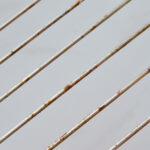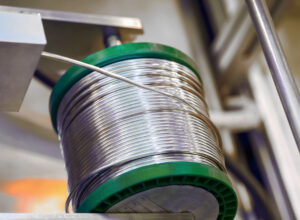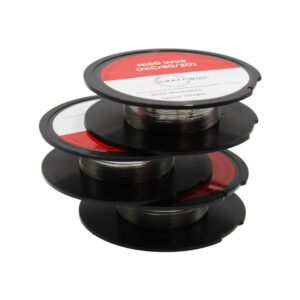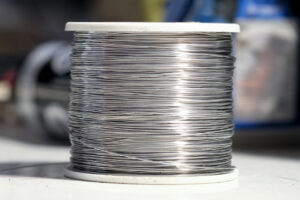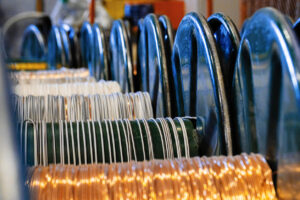Every component, no matter how small, has the potential to make or break an electronic system in the intricate world of precision electronics.
In electronic circuitry, 22AWG wire is a cornerstone, offering a balance between diameter and current-carrying capacity suited to an array of applications.
Known for its versatility, 22AWG wire is commonly seen on breadboards and in complex industrial equipment. SS304, SS316, FeCrAl, and Ni80 nichrome wires are described in this article, each offering unique properties that cater to specific electronic needs, ensuring your projects are efficient as well as durable.
Let’s get into it…
Why 22AWG Wire is Essential in Electronics
Due to its size, 22AWG wire is important in electronic designs because it offers a practical balance between ease of use and electrical performance. The diameter allows for sufficient current to pass through, while maintaining a degree of flexibility that facilitates handling during soldering and fitting into tight spaces on circuit boards.
In addition to offering an optimal balance between resistance and heat generation during operation, the gauge ensures that electronic components remain intact over time by preventing excessive heat generation. For prototyping and final product design, 22AWG wire is often the gauge of choice for hobbyists and professionals.
SS304: Your Go-To for Durability
SS304 22AWG wire is an excellent choice when durability and reliability are paramount. A blend of chromium and nickel, SS304 wire resists oxidation, corrosion, and a wide range of environmental factors.
Due to its higher corrosion resistance, it is ideal for electronic projects that may be exposed to varying levels of moisture and temperature. Electronics use SS304 wire for internal wiring, control panels, and grounding, where its corrosion resistance ensures long-term reliability.
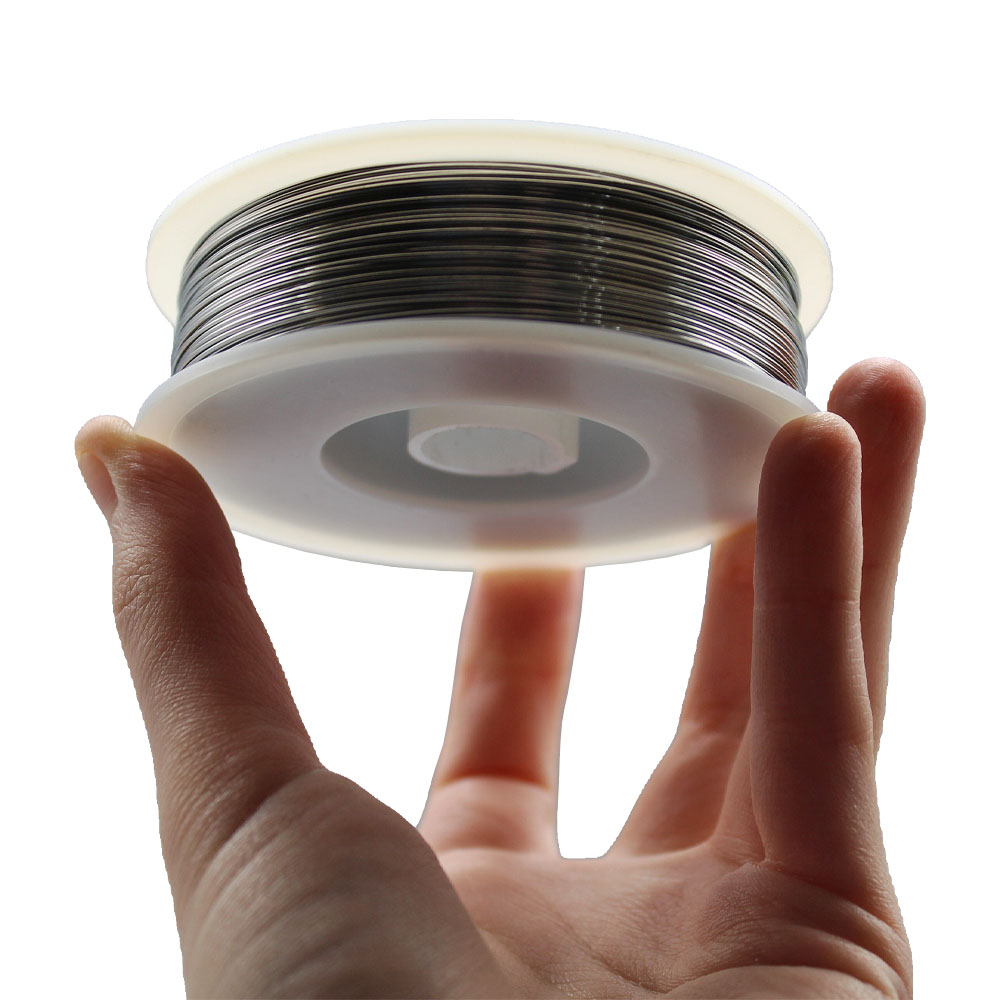
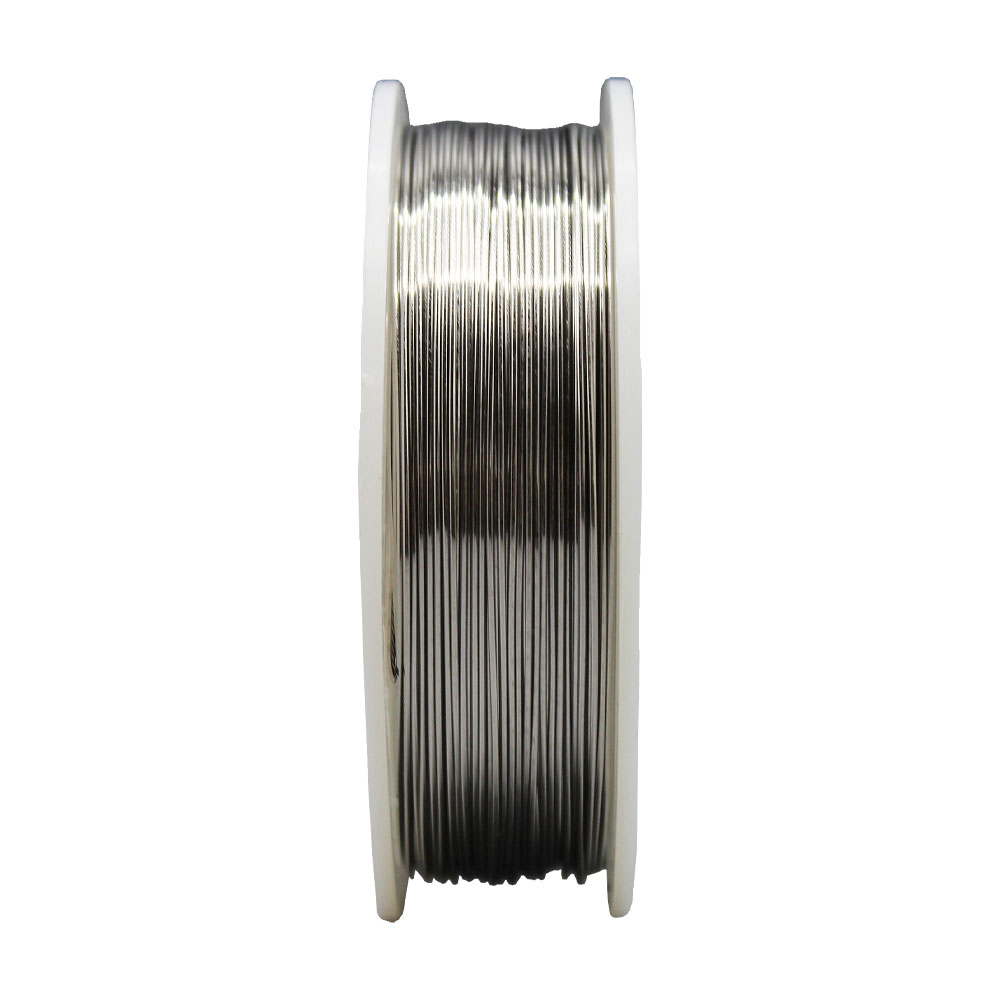
SS316: Elevated Resistance in Harsh Environments
SS316 22AWG wire is the material of choice for electronics intended for harsh environments. The molybdenum added to SS316 wire makes it more corrosion-resistant than SS304, especially against chlorides and saline solutions, making it ideal for marine applications or chemical processing equipment. Due to its enhanced durability, SS316 is often used for medical devices and food processing equipment, where cleanliness and longevity are crucial. When the environment is a deciding factor, SS316’s robustness gives it an advantage over SS304.
FeCrAl: High-Temperature Resilience for Specialised Electronics
For specialised electronics that operate under intense heat, FeCrAl, a family of iron-chromium-aluminum alloys, is an indispensable material. In manufacturing heating elements for industrial furnaces, household heaters, and even aeronautics applications requiring consistent performance at elevated temperatures, FeCrAl alloys are commonly used because they can withstand temperatures much higher than conventional metals can.
Due to its exceptional ability to retain structural integrity at high temperatures, FeCrAl wire is not only durable but also maintains a stable resistance over a wide range of temperatures. In applications requiring precise temperature control, this stability ensures that the heat output remains consistent. Furthermore, the alloy’s composition prevents the wire from burning out quickly and thus extends the lifespan of the components in which it is used. Due to its adaptability and reliability, it is used in household appliances like toasters and hairdryers, as well as in industrial machines.
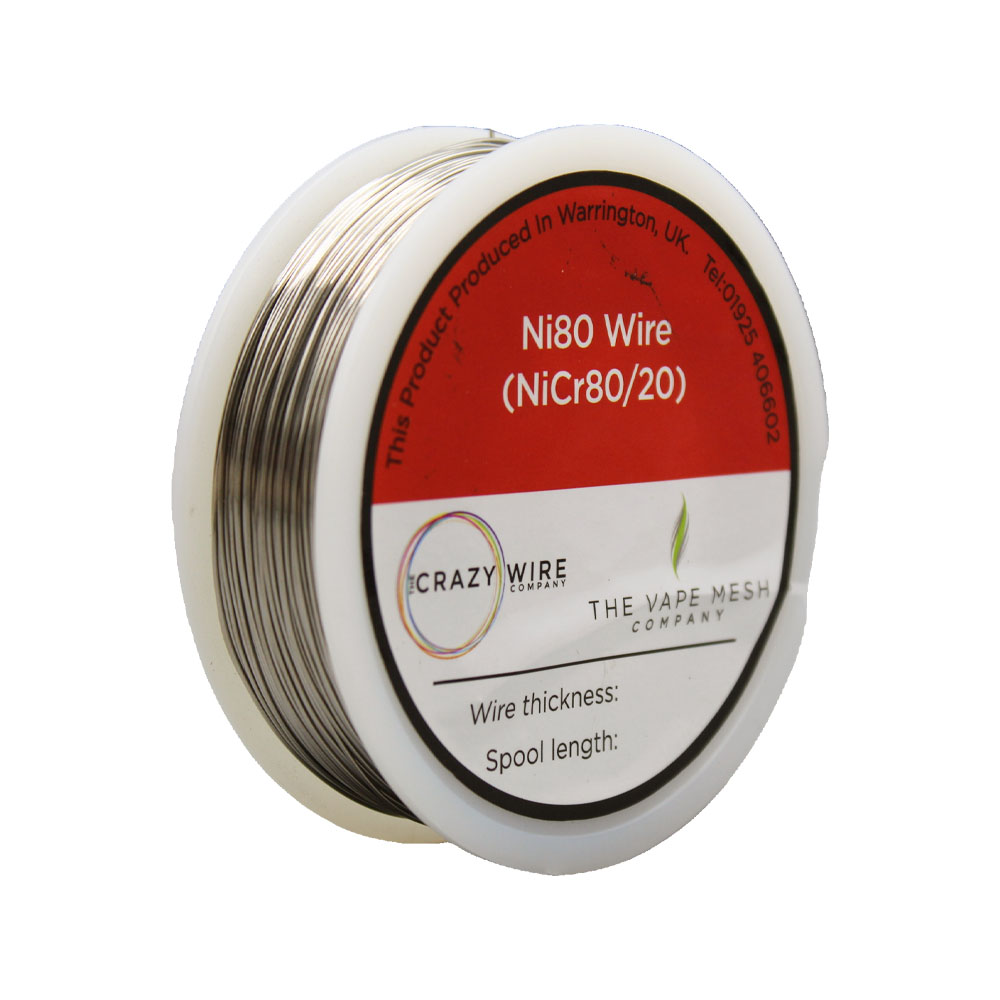
Ni80 Nichrome: The Precision Performer
In temperature-controlled circuits and devices, Ni80 nichrome wire is known for its precise resistance properties. This alloy consists of 80% nickel and 20% chromium and strikes the perfect balance between conductivity and heat tolerance, making it ideal for applications such as precision resistors and heating coils in electronic devices.
Ni80 nichrome’s resistance does not fluctuate drastically with temperature changes, which makes it ideal for temperature-sensitive applications. This quality makes it an ideal choice for laboratory equipment components where exact temperatures are needed to ensure validity of experiments. Ni80 is often found in the thermal cutoffs and temperature sensors of consumer electronics.
In addition, Ni80 nichrome wire exhibits rapid heating and cooling capabilities, making it ideal for applications requiring rapid thermal response, such as 3D printer nozzles and vape coils. As Ni80 wire is resistant to oxidation at high temperatures, devices using it can last longer, requiring less maintenance. Whether it’s for industrial machinery or everyday electronic gadgets, Ni80 nichrome wire delivers unmatched precision.
Selecting the Right Material for Your 22AWG Wire Needs
Understanding the specific requirements of your application will help you select the perfect 22AWG wire for your project. Due to its oxidation resistance, SS304 is suitable for general electronics that may be exposed to moisture or varying temperatures. For harsher environments, such as marine or chemical exposure, SS316 offers superior corrosion resistance. FeCrAl’s high-temperature resilience makes it ideal for applications requiring high thermal endurance, such as heating elements or kilns. With its precision resistance, Ni80 nichrome is ideal for temperature-controlled circuits that require accuracy and consistency.
Material choice should be guided by your environment and use case. Indoor projects with moderate conditions have different material requirements than those exposed to extreme weather conditions. Make your selection based on longevity, environment, physical stresses, and the level of precision required by your electronic application.
Working with 22AWG Wire: Best Practices
The integrity and performance of your projects are ensured by following a set of best practices when working with 22AWG wire. To prevent damage to the wire, use a soldering iron with the appropriate wattage for the gauge. Ensure that the wire is adequately insulated to prevent short circuits or electrical shocks. It is always a good idea to strip the wire cleanly in order to avoid frayed ends that can cause unreliable connections.
There is no substitute for safety. To avoid inhaling fumes, wear protective eyewear when cutting wire and work in a well-ventilated area when soldering. You can prevent accidents by keeping your workspace organised and free of wire scraps.
When choosing 22AWG wire for your electronics project, you need to understand the material’s properties and how they align with your project’s requirements. Every wire type has unique characteristics that, when matched appropriately, can help your electronic project succeed, whether you need the durability of stainless steel, the high-temperature performance of FeCrAl, or the precision resistance of nichrome.
Make sure your next project isn’t slowed down by uncertainty. You’ll find a wide selection of top-grade 22AWG wires at The Crazy Wire Company. If you need tailored guidance or further information, our experts are just a phone call or click away.
We offer also a massive range of stainless steel wire and nichrome wire through our store. Choose the wire that you want to work with and we’ll get spooling.
If you’re interested in learning more about wire, check out our other blog on Everything You Need to Know About Wires.
We are also proud to supply this product on our highly popular eBay store, check us out there too.
Thank you for checking out our site.
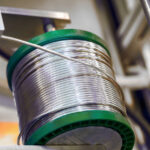
Nichrome Wire Safety: Top Tips for Working Safely
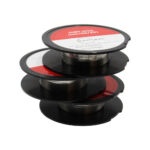
Best Wire for Electronics Projects
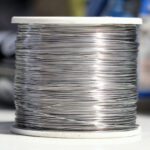
Is Ni80 Wire Suitable for DIY Heating Elements
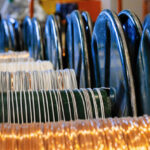
Wire Grades Explained
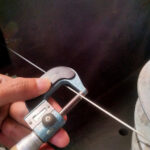
How Wire Diameter Affects Strength and Flexibility
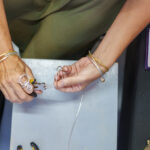
How to Cut and Shape Wire for Custom Applications

Can Wire Be Used in 3D Printing?
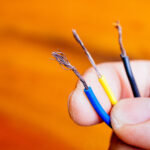
How Wire Composition Affects Conductivity
